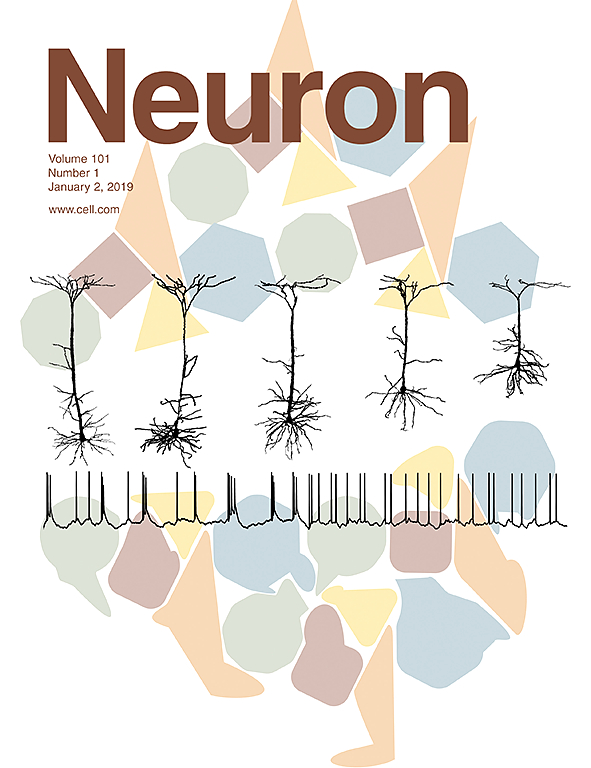Migraine-Associated TRESK Mutations Increase Neuronal Excitability through Alternative Translation Initiation and Inhibition of TREK.
Neuron. 2018 Dec 12. pii: S0896-6273(18)31048-1. doi: 10.1016/j.neuron.2018.11.039. [Epub ahead of print]
Royal P1, Andres-Bilbe A2, Ávalos Prado P1, Verkest C3, Wdziekonski B1, Schaub S4, Baron A5, Lesage F3, Gasull X2, Levitz J6, Sandoz G7.
1 Université Côte d’Azur, CNRS, Inserm, Institut de Biologie Valrose, Nice, France; Laboratories of Excellence, Ion Channel Science and Therapeutics, Nice, France.
2 Neurophysiology Laboratory, Department of Biomedicine, Medical School, Institute of Neurosciences, Universitat de Barcelona, IDIBAPS, Barcelona, Spain.
3 Laboratories of Excellence, Ion Channel Science and Therapeutics, Nice, France; Université Côte d’Azur, CNRS, Institut de Pharmacologie Moléculaire et Cellulaire, Valbonne, France.
4 Université Côte d’Azur, CNRS, Inserm, Institut de Biologie Valrose, Nice, France.
5 Laboratories of Excellence, Ion Channel Science and Therapeutics, Nice, France; Neurophysiology Laboratory, Department of Biomedicine, Medical School, Institute of Neurosciences, Universitat de Barcelona, IDIBAPS, Barcelona, Spain.
6 Department of Biochemistry, Weill Cornell Medicine, New York, NY, USA.
7 Université Côte d’Azur, CNRS, Inserm, Institut de Biologie Valrose, Nice, France; Laboratories of Excellence, Ion Channel Science and Therapeutics, Nice, France. Electronic address: sandoz@unice.fr.
Abstract
It is often unclear why some genetic mutations to a given gene contribute to neurological disorders and others do not. For instance, two mutations have previously been found to produce a dominant negative for TRESK, a two-pore-domain K+ channel implicated in migraine: TRESK-MT, a 2-bp frameshift mutation, and TRESK-C110R. Both mutants inhibit TRESK, but only TRESK-MT increases sensory neuron excitability and is linked to migraine. Here, we identify a new mechanism, termed frameshift mutation-induced alternative translation initiation (fsATI), that may explain why only TRESK-MT is associated with migraine. fsATI leads to the production of a second protein fragment, TRESK-MT2, which co-assembles with and inhibits TREK1 and TREK2, two other two-pore-domain K+ channels, to increase trigeminal sensory neuron excitability, leading to a migraine-like phenotype in rodents. These findings identify TREK1 and TREK2 as potential molecular targets in migraine and suggest that fsATI should be considered as a distinct class of mutations.
Copyright © 2018 Elsevier Inc. All rights reserved.
- PMID: 30573346
- DOI: 10.1016/j.neuron.2018.11.039

